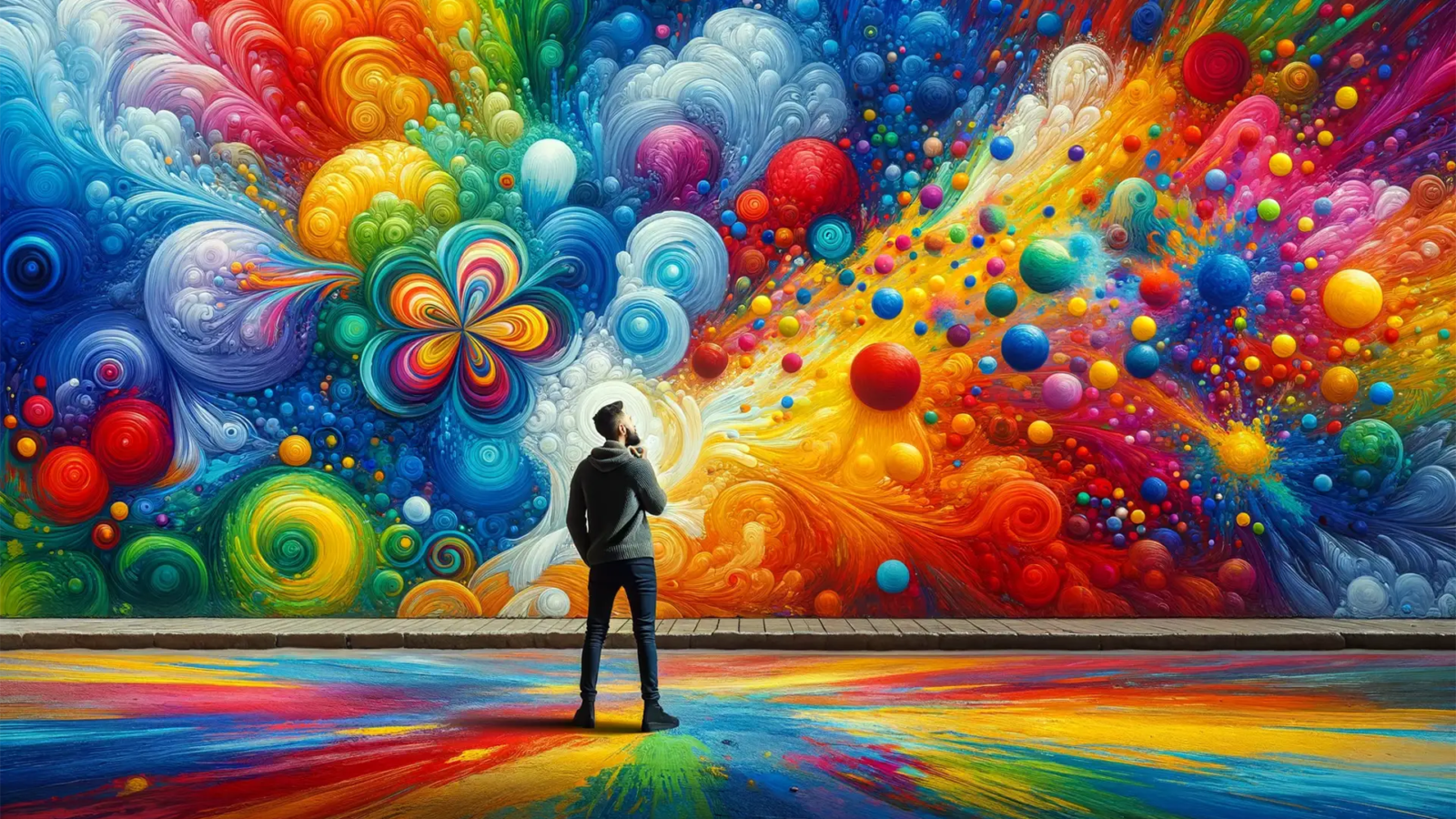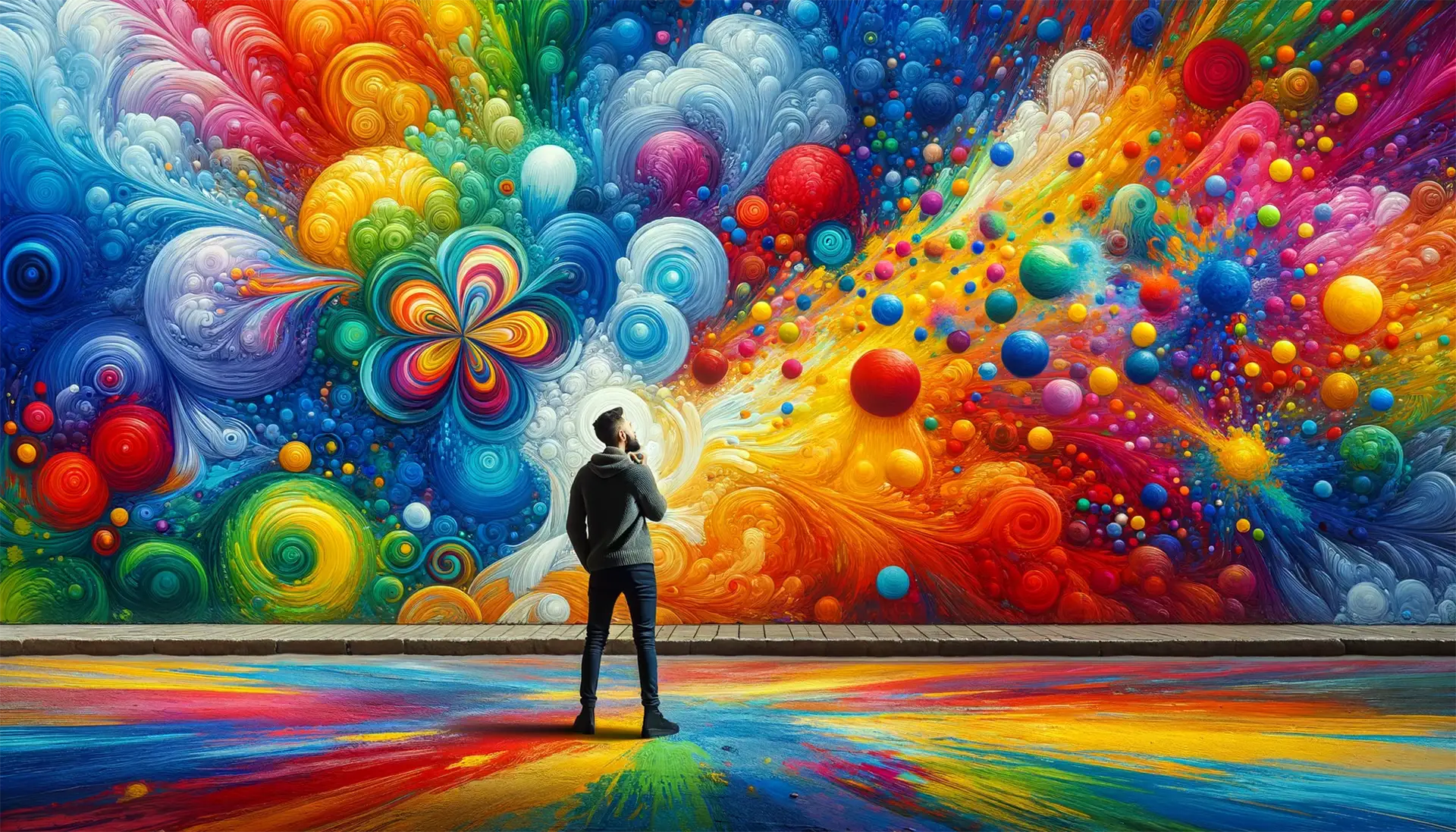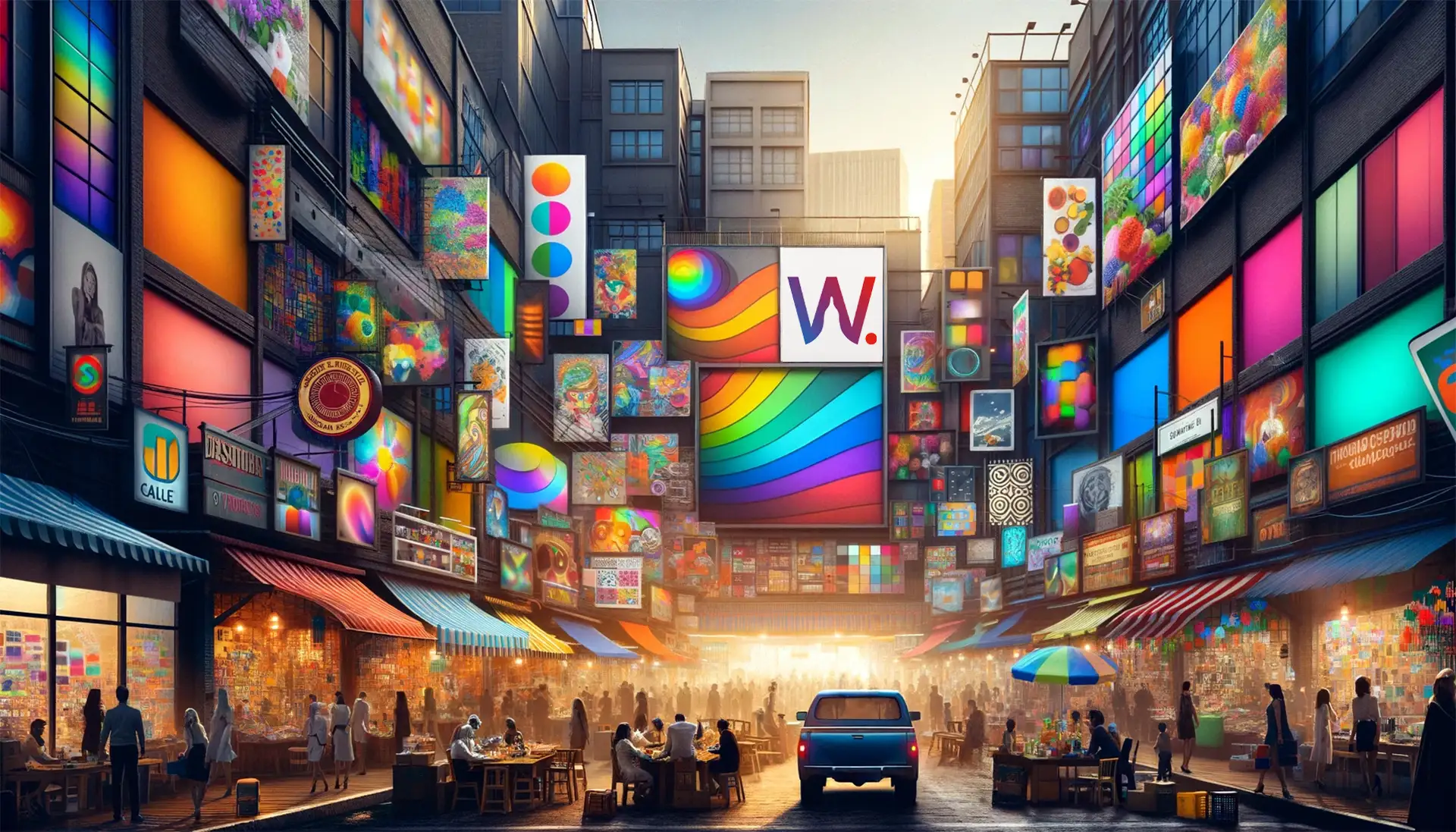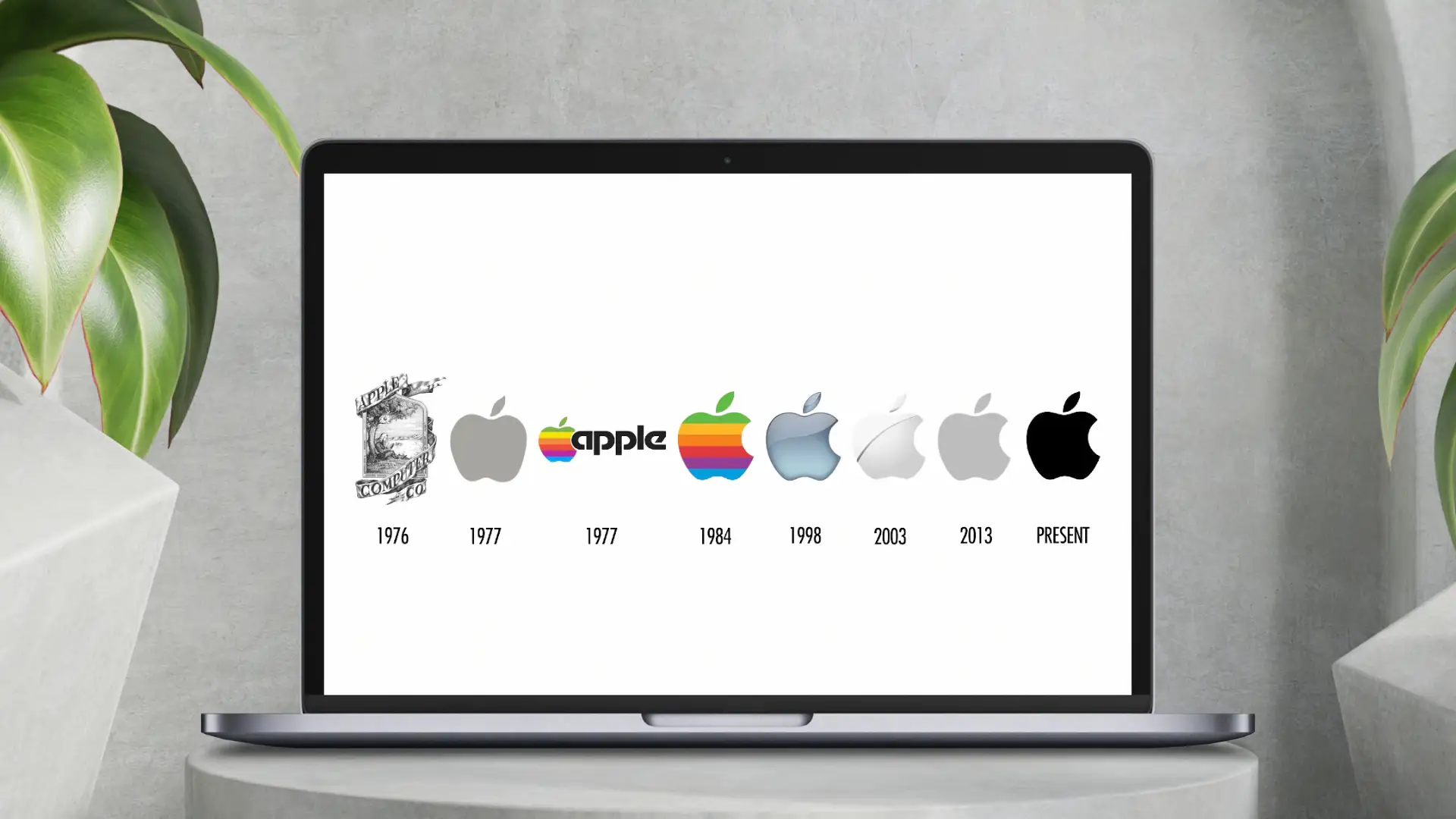Crafting a Digital Marketing Symphony
Achieving Digital Marketing excellence is akin to orchestrating a symphony, where each element—branding, SEO, web design, e-commerce, and beyond—plays a critical role in creating a cohesive online presence. For business owners, understanding how to harmonize these elements can turn a brand from merely being seen to truly resonating with its audience. This article delves into how perfecting these components propels your brand towards unparalleled online success, ensuring your message is not merely seen but felt and remembered, leaving a lasting impression on your audience.

Integrating Key Components for a Harmonious Online Presence
Branding: Setting the Stage
Branding is the initial note that sets the stage for your digital symphony. It’s about crafting a narrative that captivates your audience, embedding your unique story into every aspect of your digital presence. Therefore, it’s crucial to infuse your branding across all platforms, ensuring consistency and emotional impact.
SEO: Fine-Tuning Visibility
SEO acts as the rhythm, guiding your audience to your online platforms. By optimizing content with targeted keywords and implementing technical SEO best practices, you enhance your visibility and attract organic traffic. Importantly, SEO is an ongoing process, requiring regular adjustments and updates to keep pace with search engine algorithms.
Web Design: Creating a Melodic User Experience
Web design offers the melody that engages and retains your audience. A user-friendly, aesthetically pleasing website encourages visitors to stay longer and explore deeper. Additionally, integrating responsive design ensures your site performs beautifully across all devices, a must in today’s mobile-first world.
E-Commerce: Hitting the High Notes of Conversion
For e-commerce sites, the user journey should lead seamlessly to the high notes of conversion. This means optimizing the shopping experience from homepage to checkout, minimizing friction, and leveraging tactics like upselling and personalized recommendations to increase average order value.
Beyond: Expanding Your Repertoire
Finally, expanding your digital repertoire to include the latest in social media marketing, content marketing, and emerging technologies ensures your brand remains relevant and part of ongoing conversations. Staying attuned to digital trends allows you to adapt and innovate, keeping your brand’s performance dynamic and engaging.

Practical Steps to Crafting Your Digital Marketing Symphony
Consider Your Brand’s Core Message
What story does your brand tell?
If your brand were a person, what would its personality be? This can guide the tone and style of your branding.
Assess Your SEO Strategy
Are you effectively reaching your target audience through search engines?
Use tools like Google Analytics to understand which keywords are driving traffic to your site and optimize content accordingly.
Evaluate Your Web Design
Does your website offer a seamless user experience?
Ensure your website is mobile-friendly and has fast loading times to improve user engagement and SEO rankings.
Optimize Your E-commerce Experience
How easy is it for customers to make a purchase on your site?
Streamline the checkout process to minimize cart abandonment rates.
Continuously Adapt and Innovate
How do you stay ahead in a rapidly changing digital landscape?
Stay updated with the latest digital marketing trends and technologies to keep your strategy fresh and effective.

Conclusion: Conducting Your Digital Marketing Symphony
For business owners, mastering the art of the digital marketing symphony is essential for achieving digital excellence. By ensuring each component—branding, SEO, web design, and e-commerce—works in concert, you create an online presence that not only reaches but resonates with your audience. As you continue to refine these elements, remember that the goal is not just to be seen but to make a lasting impression, one that is felt and remembered by your audience.
Ready to fine-tune your brand’s online presence into a harmonious digital marketing symphony? Explore our Digital Marketing Services and let us help you achieve digital excellence that resonates with your audience.
For additional insights on enhancing your brand’s storytelling, consider reading our article on «How to be Memorable: Storytelling in Branding», which complements the strategies discussed here by diving deeper into crafting compelling narratives for your brand.













